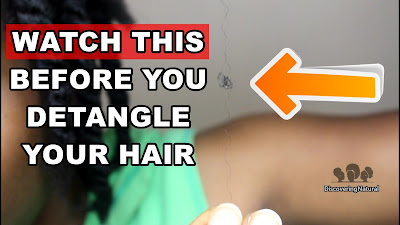Does relaxing hair help get rid of lice?
First, what causes Lice?
How to get Rid of Lice
To get rid of lice, follow these steps:
1. Confirm the Infestation: Ensure that lice are indeed present by checking for live lice and nits (lice eggs) in the hair and on the scalp.
2. Purchase a Lice Treatment Product: Visit a pharmacy or consult with a healthcare professional to obtain an over-the-counter lice treatment product. There are different types of treatments available, such as shampoos, creams, and lotions.
3. Read and Follow Instructions: Carefully read the instructions on the lice treatment product's packaging. Follow the recommended application and timing guidelines.
4. Apply the Treatment: Apply the lice treatment to dry hair as directed. Be sure to cover the entire scalp and hair, and pay extra attention to the nape of the neck and behind the ears, as lice often lay their eggs in these areas.
5. Wait and Rinse: Allow the treatment to sit on the hair for the recommended amount of time. Then, rinse it out thoroughly using warm water. Some treatments may require a second application a few days later, so follow the instructions closely.
6. Use a Fine-Toothed Comb: After rinsing, use a fine-toothed comb (a lice comb) to carefully comb through the hair, removing any dead lice and nits. Do this over a white paper towel or tissue to easily spot and dispose of them.
7. Wash Bedding and Clothing: Wash all bedding, clothing, and personal items (hats, hairbrushes, etc.) that may have come into contact with the infested person's hair. Use hot water and high heat settings in the dryer.
8. Vacuum and Clean: Vacuum any upholstered furniture, rugs, and carpets that may have been in contact with the person with lice.
9. Notify Close Contacts: Inform close contacts (family members, school, or friends) so they can check for lice and take appropriate precautions.
10. Repeat if Necessary: Depending on the product used, you may need to repeat the treatment after a certain period to ensure all lice and nits are eliminated.
11. Prevent Reinfestation: Teach good hygiene practices, avoid sharing personal items, and regularly check for lice to prevent reinfestation.
If over-the-counter treatments don't work, or if the infestation persists, consult with a healthcare professional for further guidance and potentially prescription-strength treatments. Treating lice promptly and thoroughly is important to prevent its spread to others.




Adana
ReplyDeleteElazığ
Kayseri
Şırnak
Antep
34Q07H
0AF1D
ReplyDeleteDüzce Evden Eve Nakliyat
Karabük Evden Eve Nakliyat
Muş Evden Eve Nakliyat
Kırşehir Evden Eve Nakliyat
Aydın Evden Eve Nakliyat
9EB6B
ReplyDeleteKırklareli Evden Eve Nakliyat
Mefa Coin Hangi Borsada
Pancakeswap Güvenilir mi
Balıkesir Şehir İçi Nakliyat
Satoshi Coin Hangi Borsada
Bone Coin Hangi Borsada
Kripto Para Borsaları
Aptos Coin Hangi Borsada
Burdur Evden Eve Nakliyat
DFB887BB44
ReplyDeletetürk takipçi al
CC9A46BBA2
ReplyDeletetakipci kazanma
3153951ADF
ReplyDeletetelafili takipçi satın al
Binance Referans Kodu
Pubg Hassasiyet Kodu
Pubg Hassasiyet Kodu
Dude Theft Wars Para Kodu
Titan War Hediye Kodu
Titan War Hediye Kodu
101 Okey Yalla Hediye Kodu
MMORPG Oyunlar